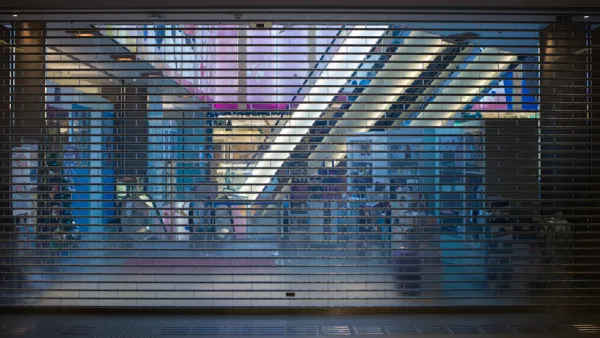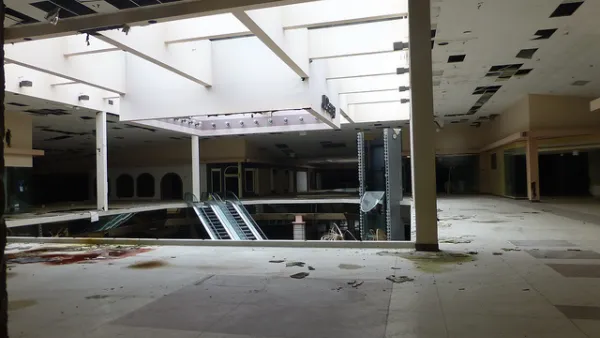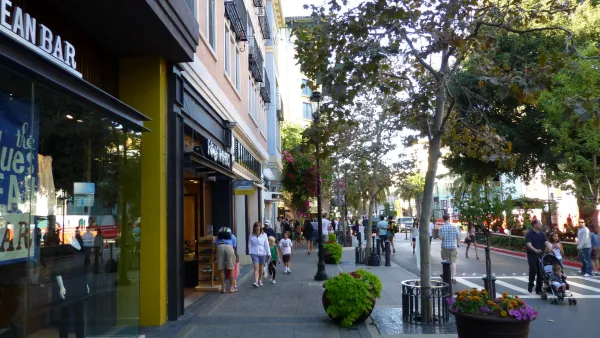As the structure of China’s urban shopping malls evolves into large-scale, multi-use “lifestyle complexes”, so too does their role in the social and cultural fabric of metropolitan society.
New shopping malls in nearly all of China’s first- and second-tier cities are developing a new identity as “lifestyle complexes,” offering not only retail and leisure opportunities, but a long list of services from childcare and hotels to art and educational venues, Gan Tian reports.
Competition from e-commerce, the author finds, has been a major factor in the diversification of these traditionally retail-focused complexes. As online shopping threatens traditional store-based retail channels across the globe, mall developers are looking for innovative ways to attract shoppers.
Already, these new urban “landmarks” are finding appeal across ages, occupations, and income groups. Alongside the allure of affordable cinema tickets and climate control, Tian finds a number of mall-goers for whom the center is an integral site – and source – of sociability.
From 28-year-old Xie Hong who eats brunch at Beijing’s Sanlitun Village every weekend with her friends because it reminds her of “Sex and the City” to retired worker Sun Jianguo who dislikes shopping malls but frequents the center to take walks with his wife, China’s new retail-leisure complexes offer a convenient space for social interaction. For others, the author finds, the mall is a primary source of social life. Tian encounters one mother who regularly brings her daughter to the Sanlitun Village because she has few other opportunities to play and interact with other children. “Under the family planning policy,” Tian argues, “most children do not have many playmates like before when children had brothers and sisters as companions.” In addition, he explains, the constricted spaces of high-rise apartment living offers little space to play at home.
Tian concludes that the new face of China’s shopping malls is engendering an important lifestyle shift among urban dwellers. “They are no longer just a place for shopping,” Tian writes. “They are turning into lifestyle complexes, where different people can meet their every need, almost.”
FULL STORY: Retail therapy

National Parks Layoffs Will Cause Communities to Lose Billions
Thousands of essential park workers were laid off this week, just before the busy spring break season.

Retro-silient?: America’s First “Eco-burb,” The Woodlands Turns 50
A master-planned community north of Houston offers lessons on green infrastructure and resilient design, but falls short of its founder’s lofty affordability and walkability goals.

Delivering for America Plan Will Downgrade Mail Service in at Least 49.5 Percent of Zip Codes
Republican and Democrat lawmakers criticize the plan for its disproportionate negative impact on rural communities.

Test News Post 1
This is a summary

Test News Headline 46
Test for the image on the front page.

Balancing Bombs and Butterflies: How the National Guard Protects a Rare Species
The National Guard at Fort Indiantown Gap uses GIS technology and land management strategies to balance military training with conservation efforts, ensuring the survival of the rare eastern regal fritillary butterfly.
Urban Design for Planners 1: Software Tools
This six-course series explores essential urban design concepts using open source software and equips planners with the tools they need to participate fully in the urban design process.
Planning for Universal Design
Learn the tools for implementing Universal Design in planning regulations.
EMC Planning Group, Inc.
Planetizen
Planetizen
Mpact (formerly Rail~Volution)
Great Falls Development Authority, Inc.
HUDs Office of Policy Development and Research
NYU Wagner Graduate School of Public Service





























